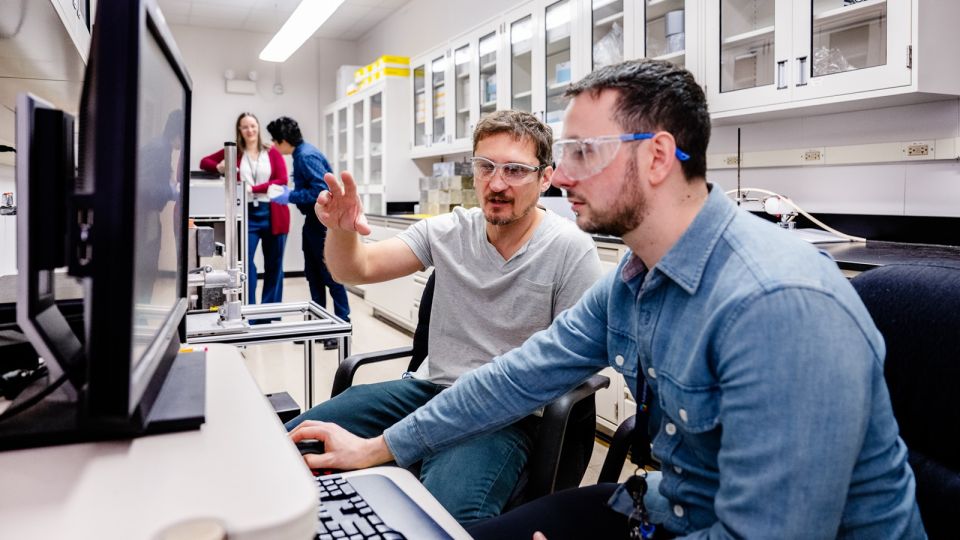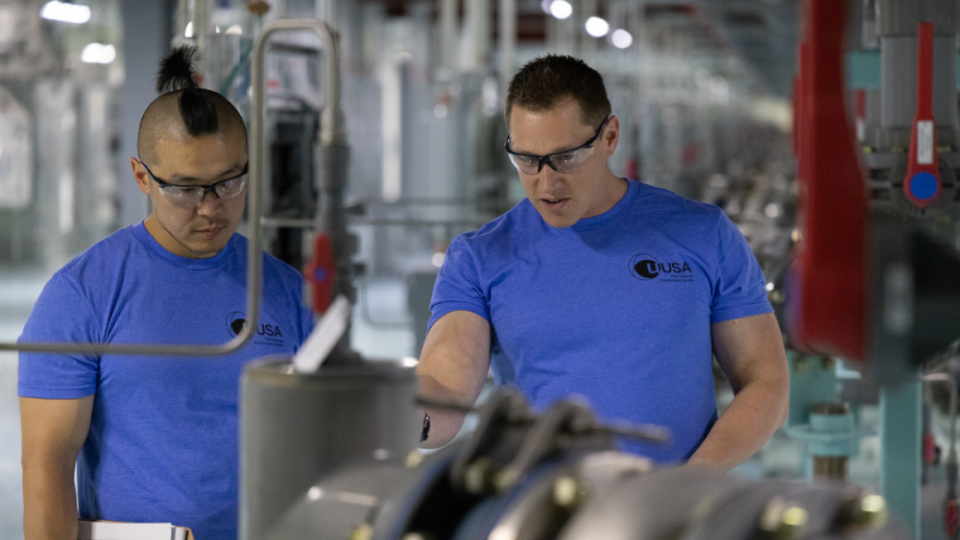Uranium 233 is a valuable resource, no matter what Robert Alvarez believes
Robert Alvarez has issued another misleading report about energy dense fuel materials, titled Managing the Uranium-233 Stockpile of the United States.
According to Alvarez's report, the United States owns about 3400 pounds of U-233, which is one of two fissile isotopes of uranium. He portrays this resource, which has been in storage since the 1970s, as a hazardous stockpile that somehow puts the world at risk of a rogue group obtaining a nuclear weapons capability. Unfortunately, he is not the only person with this mistaken opinion. The Department of Energy is currently planning to spend nearly half a billion dollars to get rid of the United States' carefully protected U-233 resources.
Alvarez's report does not mention the fact that the stockpile contains as much potential energy as 23 million barrels of oil. At current world oil prices, that gives it a comparable energy value of more than $2 billion, even if it is not used for its highest and best purpose, as the seed for an expansive program of thermal spectrum breeder reactors.
Waste not, want not
My Depression Era parents deeply embedded the "waste not, want not" mantra into my brain. As a relatively prosperous adult, I must admit that I do not always spend as much time separating and consolidating materials for recycling as my parents did, but I still respect their teachings that one should not discard items or materials that have future uses. Short-sighted acts of disposal often destroy any potential value because of the difficulty associated with removing contaminants.
I've been writing and reading for nearly two decades about the impressive capabilities offered by using a nuclear fission fuel cycle that includes uranium 233 and thorium 232. As anyone who has read Kirk Sorensen's excellent blog Energy from Thorium or listened to his passionate talks on molten salt reactors knows, U-233 produces about 15 percent more neutrons per thermal fission as U-235 or Pu-239. That difference is significant; it means that a U-233/Th-232 fuel cycle can achieve a conversion ratio greater than 1.0 in a thermal spectrum reactor, resulting in a self-sustaining fuel cycle that might never need any additional fissile material.
Light water breeder reactor
Sometime during the early 1990s, after I had been a nuclear-trained submarine engineering officer for about a dozen years, I learned about the demonstration reactor core that was installed into the Shippingport nuclear power plant. That final core was operated 1977-1982 as a Light Water Breeder Reactor.
That demonstration proved that a well-designed thermal spectrum reactor could use the extra neutrons produced by U-233 to turn thorium into a useful fuel material at a rate faster than the U-233 would be consumed. Unfortunately, one inherent disadvantage of nuclear fuel cycle knowledge development is that it takes a long time. After five years of power production, the light water breeder reactor core was still going strong, with no evidence of the loss of reactivity that accompanies conventional reactor materials as they consume the fissile materials in their low-enriched uranium fuel rods.
Because the project sponsors knew that they might not be able to continue funding the team that would perform the post-operation fuel material analysis, they stopped the experiment. There were no immediately scheduled follow-on cores because any potential customers would have wanted to wait until the final results were known. No large-scale production capacity was ever developed to handle the unique blend of materials involved in the LWBR process.
Analysis
The destructive fuel rod analysis that proved that breeding had occurred was not completed until five years after the experiment had been terminated, which was more than 10 years after the fuel fabrication had been completed. Here is a quote from section IX, Summary and Discussion of Significance from a report titled "Proof of Breeding in the Light Water Breeder Reactor (WAPD-TM-1612)," which was provided to the DOE in September 1987 under contract No. DE-AC11-76PN00014. (I have provided that detail just in case someone thinks it might be worthwhile to file a Freedom of Information Act request.)
The results demonstrate conclusively that LWBR was a breeder. They show that breeding can be achieved in a light-water reactor using 233U as fissile fuel and the naturally occurring, relatively abundant 232Th as fertile material. Thus, the Light Water Breeder Program which the Department of Energy pursued for more than twenty years has demonstrated and proven unequivocally that 233U-232Th breeders can be built, operated in light water reactor plants to produce electrical energy, and breed more fissile fuel than they consume. This means that the plentiful domestic supply of low and moderate cost thorium represents a potential resource for providing about fifty times the amount of energy which could be produced using current light water reactors and the domestic supply of low and moderate cost uranium. This light water breeder system could supply the entire electrical energy need of the United States for centuries....
The primary significance of proving breeding in LWBR is the demonstrated potential for greatly increasing our nation's electrical energy generation capability for many years to come.
By the time those words were written at the end of the quietly submitted report, the leading proponents of the technology had either died (Rickover) or lost all of their influence on government programs (Radkowsky). Radkowsky, the creative designer of the fuel system, eventually started a company called Thorium Power (which is now operating under the name of Lightbridge) to attempt to commercialize his ideas.
A few years before Rickover and Radkowsky demonstrated the possibilities of using a U-233/Th-232 fuel cycle in conventional reactors, there were a couple of experiments conducted at Oak Ridge National Laboratory that avoided the fuel fabrication and destructive testing issues described above. By dissolving the U-233 and Th-232 into molten salts, those experiments showed that it was possible to design liquid-fueled reactors that might be arranged to enable utilization of the world's large thorium fuel resource. There is much to be learned about building durable molten salt reactors with closed fuel systems, but the learning process would be made less time consuming if the Department of Energy enabled effective use of the already existing inventory of special material.
Even if one agrees with Alvarez's stated concern about the need to carefully protect the U-233 from all possibility of being stolen, I cannot imagine any system that is less likely to experience material theft than operating nuclear power reactors. Those devices are surrounded by thick shielding resembling a vault, and they are full of self-protective radioactive isotopes. Sarah Weiner, writing for the Center for Strategic and International Studies, characterized Alvarez's well publicized report as "alarmism", but she also supported the DOE's plans to make it nearly impossible for the energy laden material to be put to any beneficial use.
Knowing what I know about U-233's potential benefits, I was saddened by Matt Wald's recent article titled Uranium Substitute Is No Longer Needed, but Its Disposal May Pose Security Risk. It is disturbing to think that so many people have such a huge misunderstanding of nuclear fission technology that they take action to make U-233 an expensive waste product, instead of more accurately treating it as a potent energy resource that would become more valuable the more it is used.
PS-I cannot resist the temptation to compare the DOE's planned expenditure of $473 million to destroy the potential value in its U-233 stockpile with the $452 million that has been widely promoted as the government's contribution to small modular reactor development.
______________________________________________

Adams
Rod Adams is a nuclear advocate with extensive small nuclear plant operating experience. Adams is a former engineer officer, USS Von Steuben. He is the host and producer of The Atomic Show Podcast. Adams has been an ANS member since 2005. He writes about nuclear technology at his own blog, Atomic Insights.







